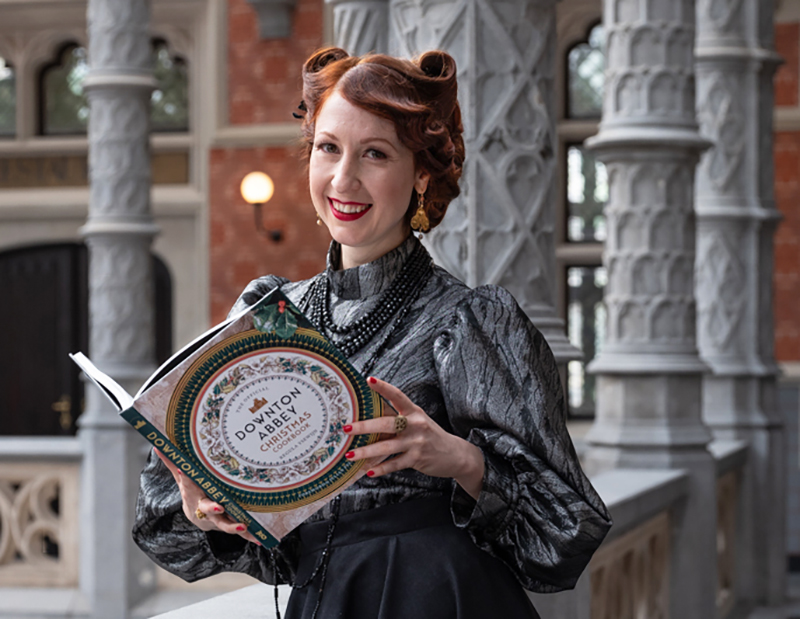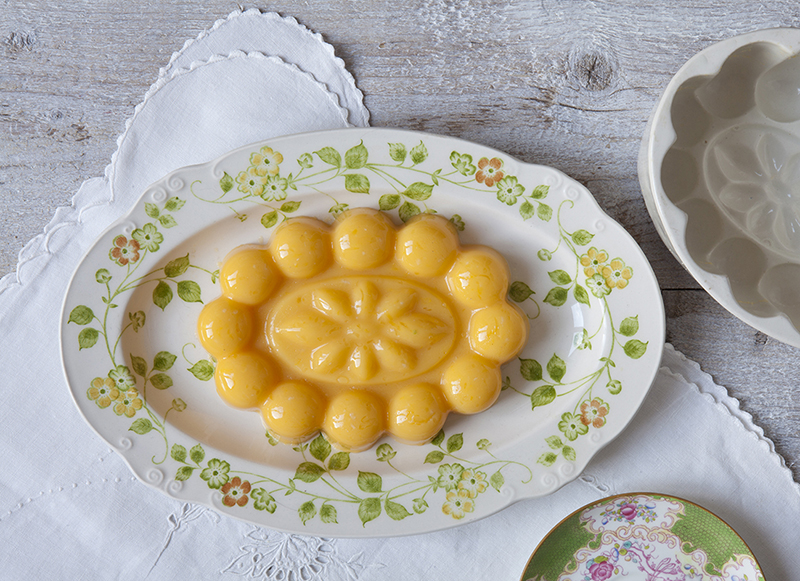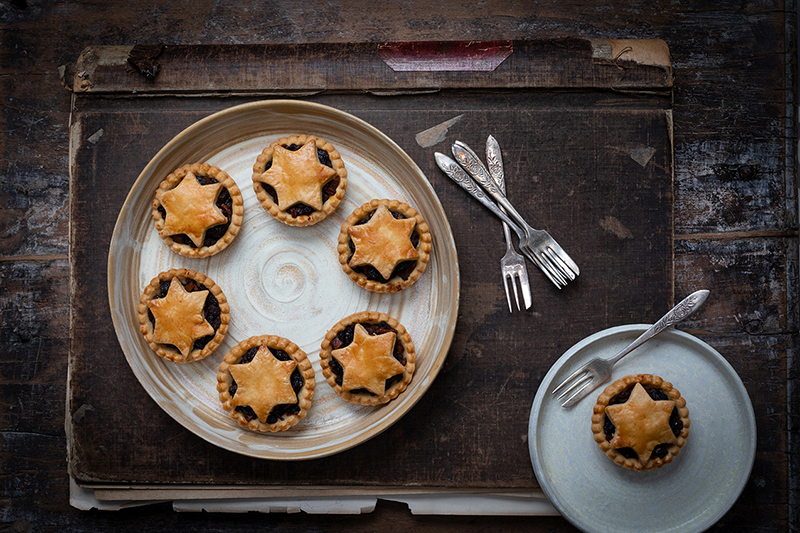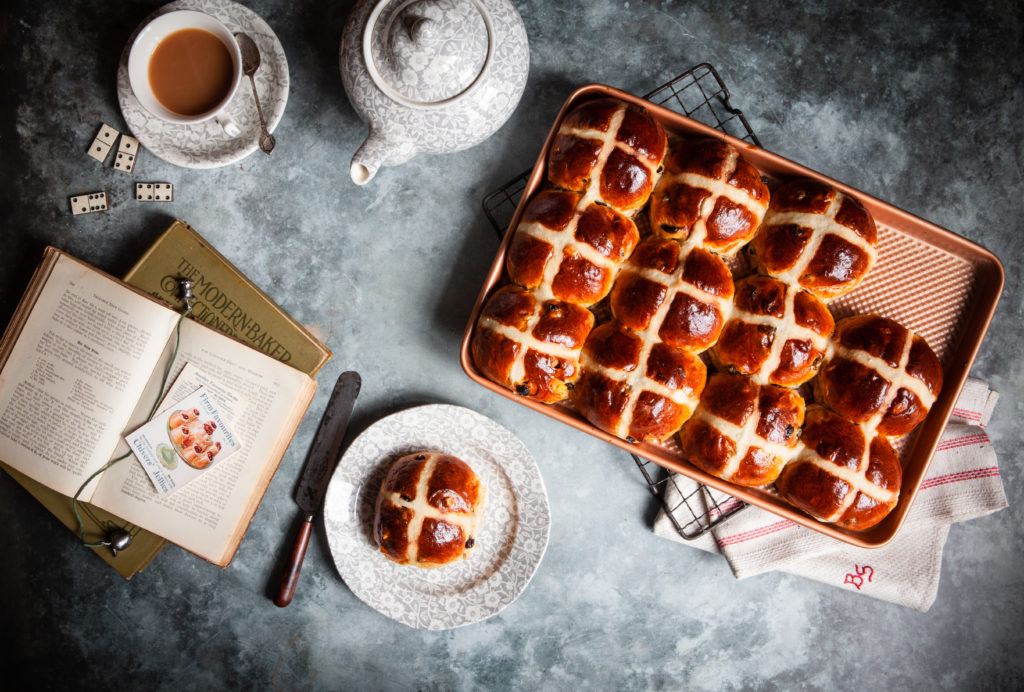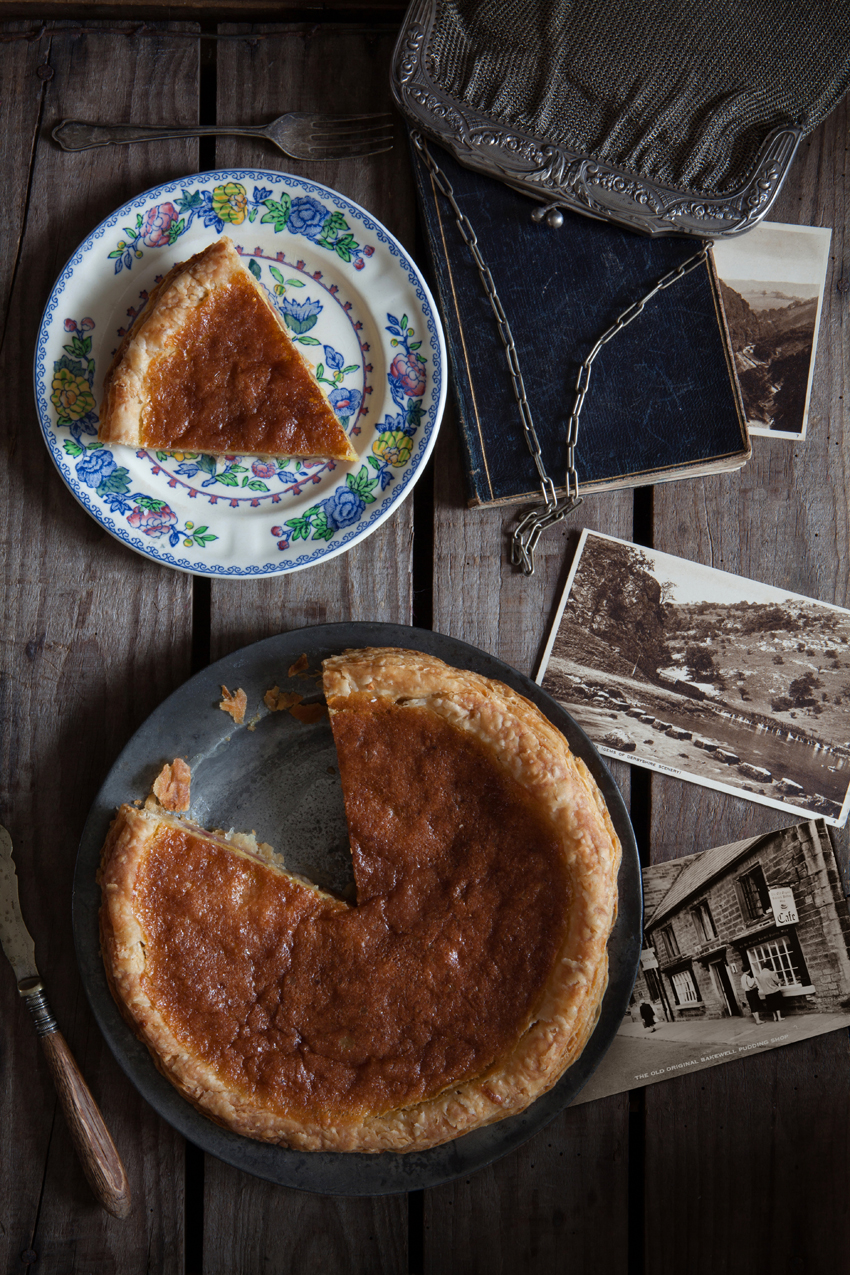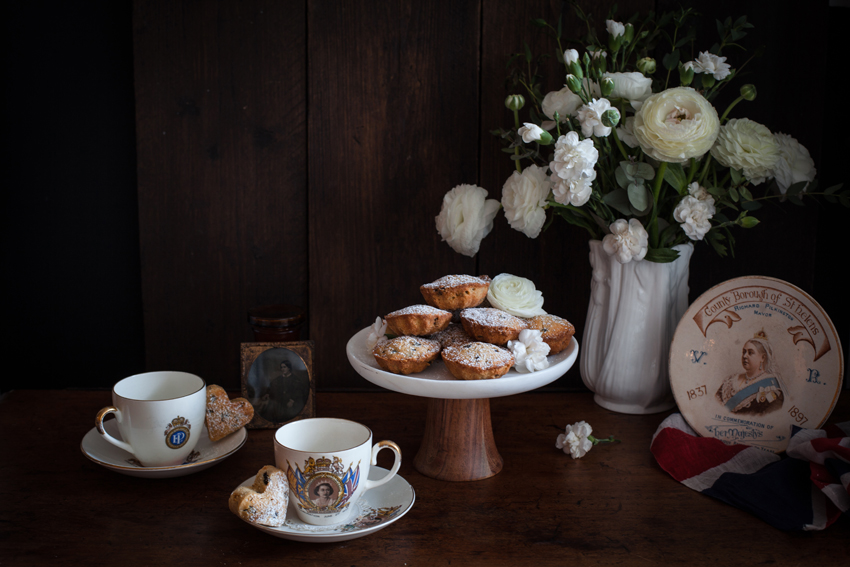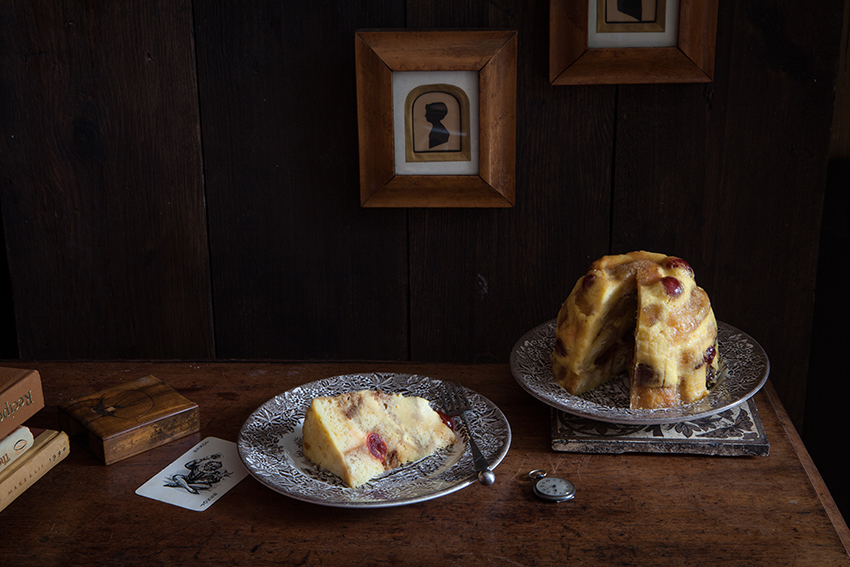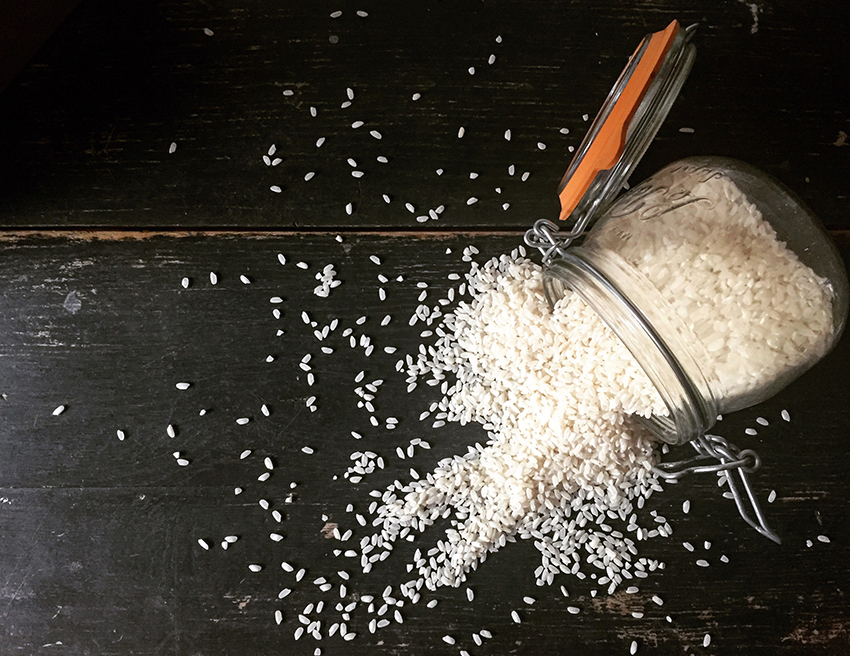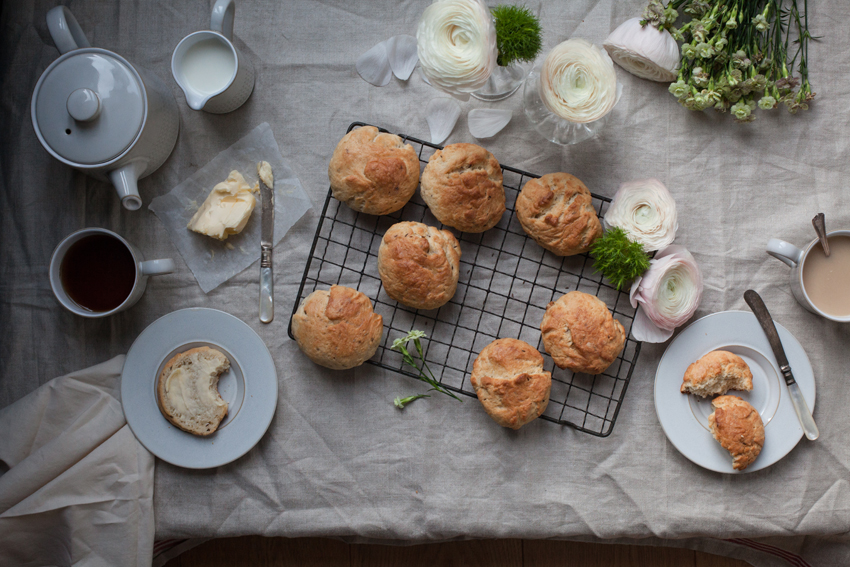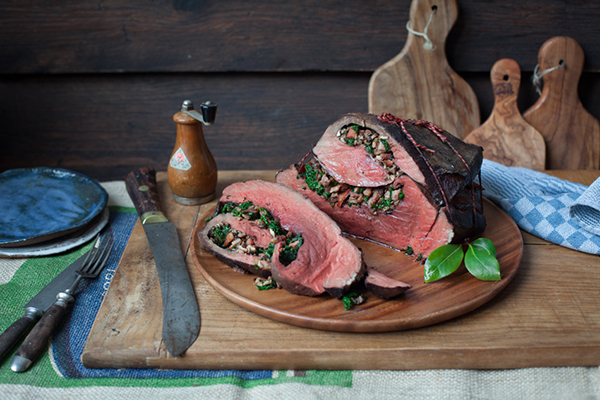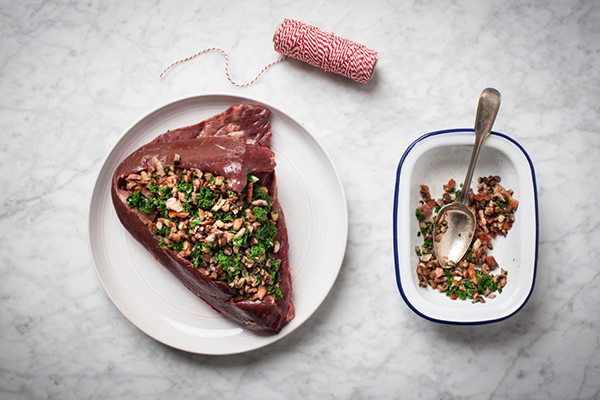I’m happy to announce the publication of my new book: ‘The Official Downton Abbey Christmas Cookbook’!<
(Scroll down for the reference list which wasn’t printed in the book because of the page count limit)
For this book I jumped into my collection of cookery books of not only the early 20th century in which Downton is set but also the Victorian era when our most beloved cook Mrs Patmore was training as a chef. I made a little excursion into the oldest cookery book in the English language for the first festive recipe for goose and witnessed the curiosity for continental cooking around the late 1920’s….

